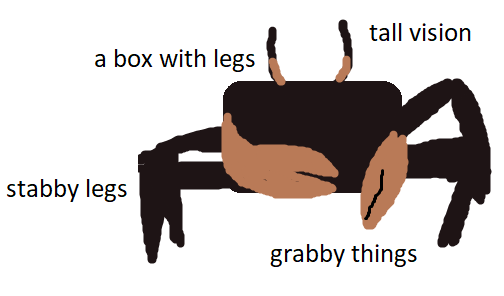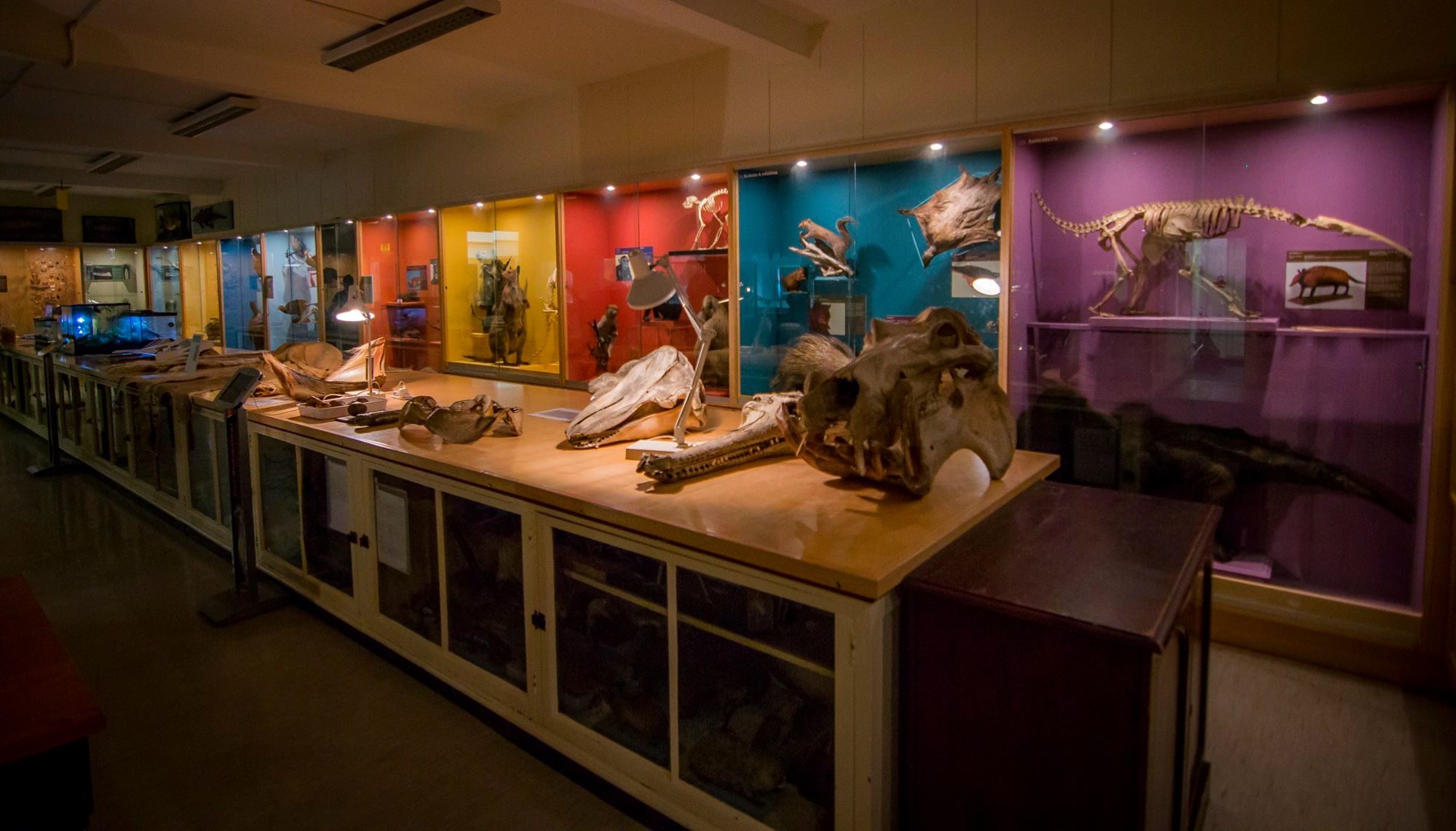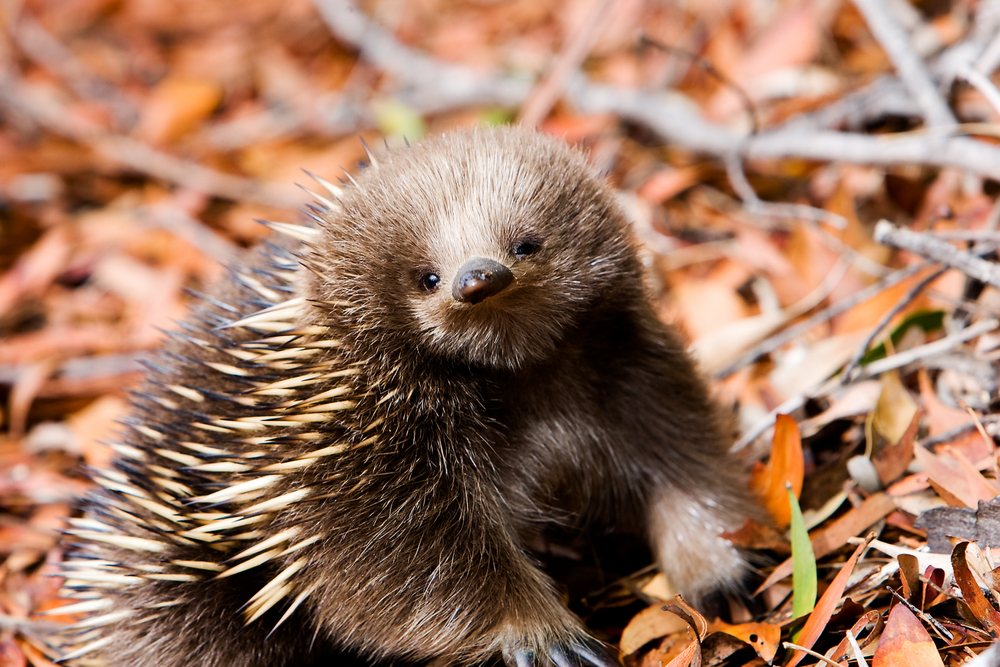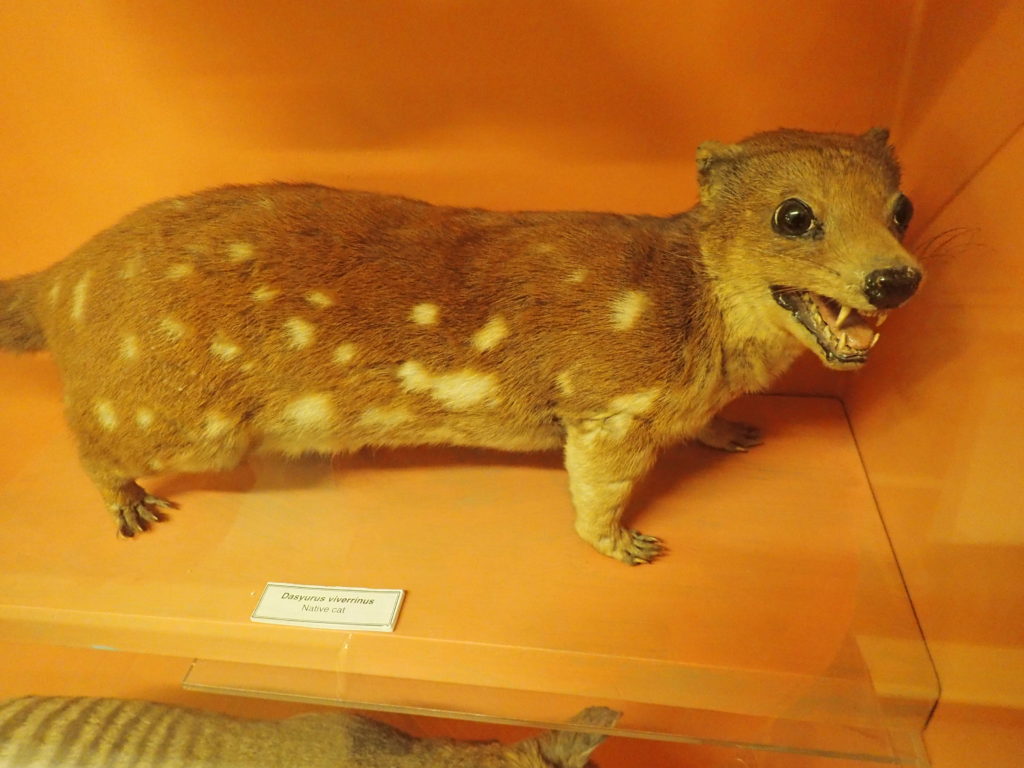Where do animals live and why? These are some of the questions that ecologists are interested in. Sure, we can talk about patterns of abundance in an area in terms of abiotic or biotic factors or niche variation. But what if there’s more to animals than that?
What if a young animal is concerned not just about eating, being eaten and living to reproduce but also with their finances, housing, commute and social mobility? What if a larger or older individual lives where they live not because they can outcompete smaller individuals for limited resources, but because they have accrued greater capital over time and thus have higher purchasing power?
None of these questions are answered by current ecological theory. We need an alternative explanation for animal distributions and abundances. Here, I present to you the socio-economic theory of animal abundance. I illustrate this theory using the Australian ghost crab (Ocypode cordimana) as a case study.
Continue reading “The socio-economic theory of animal abundance”






